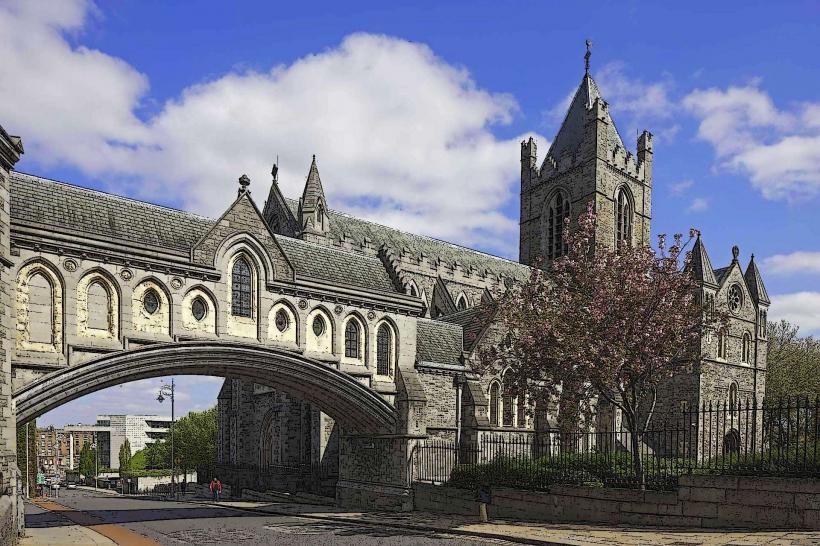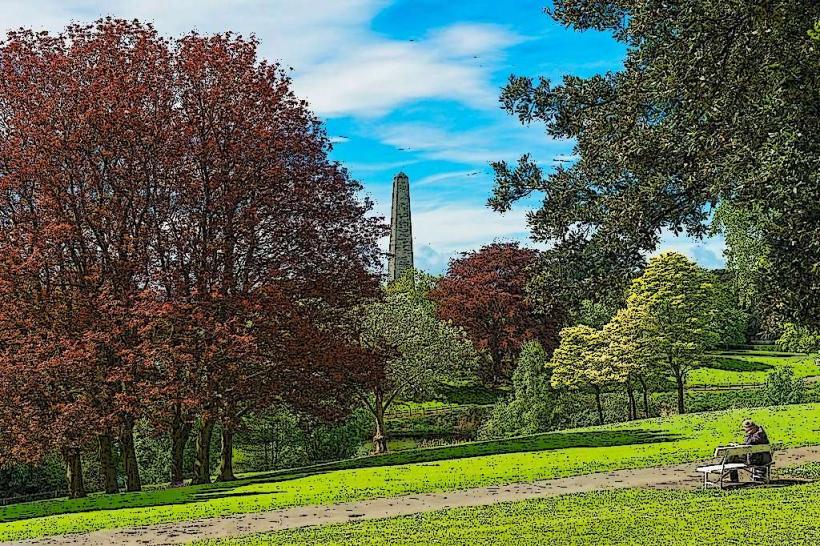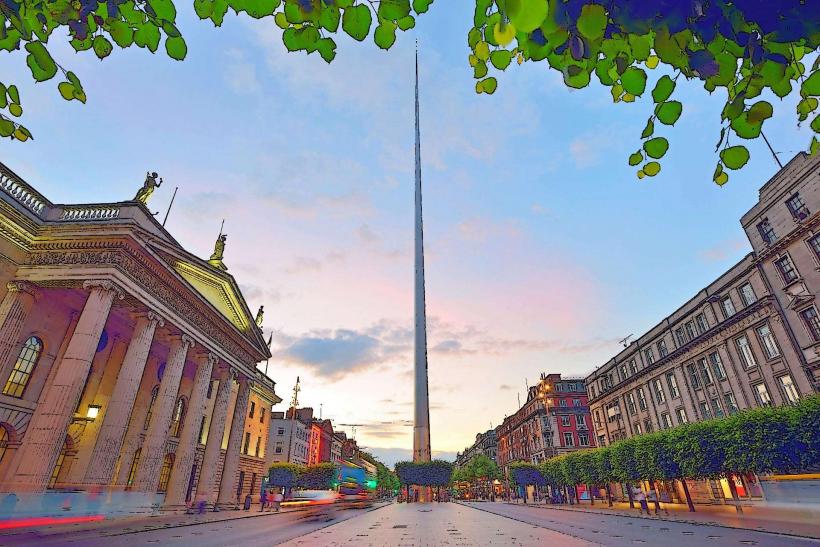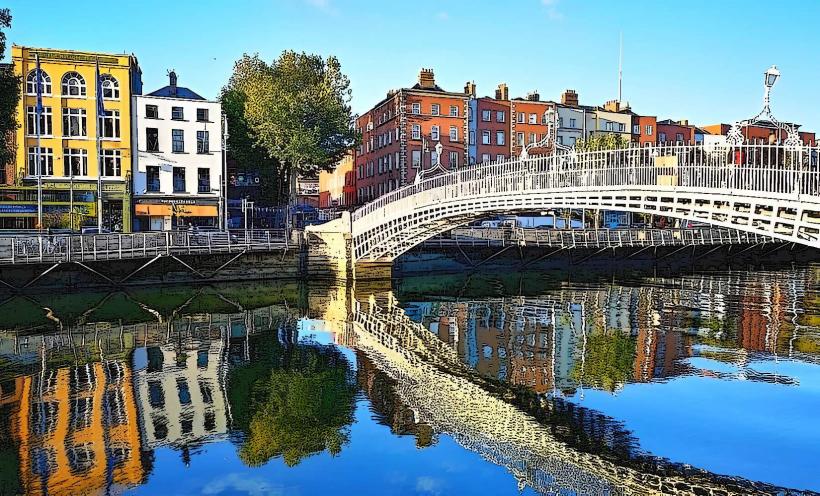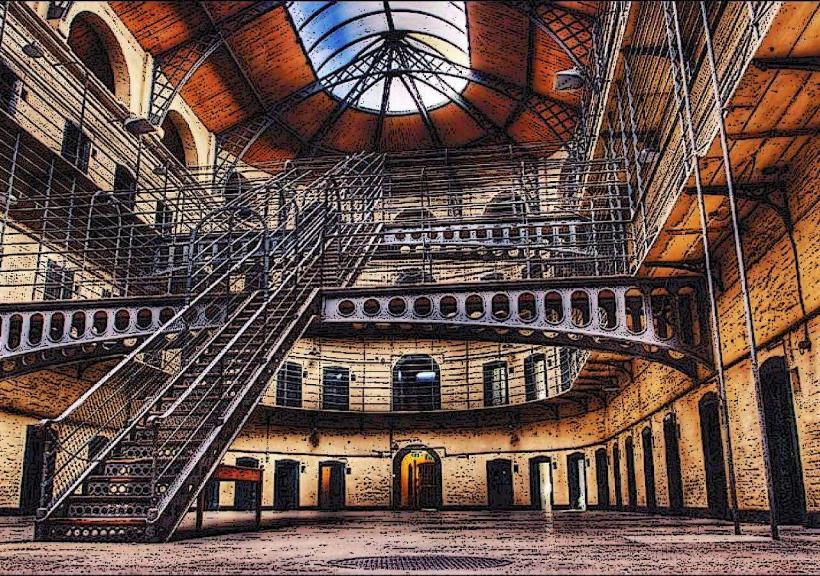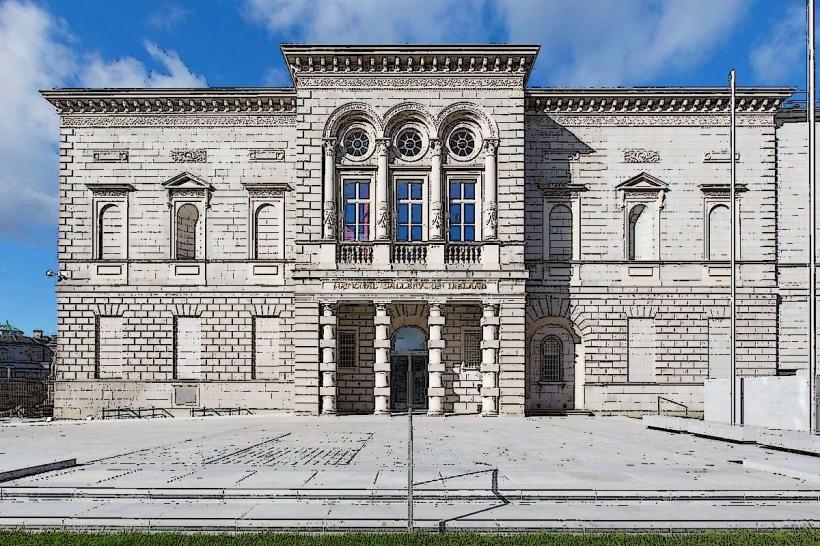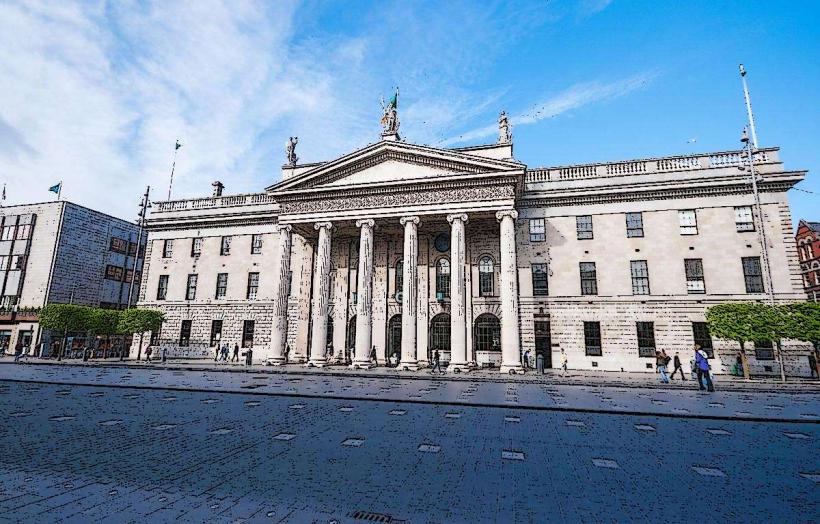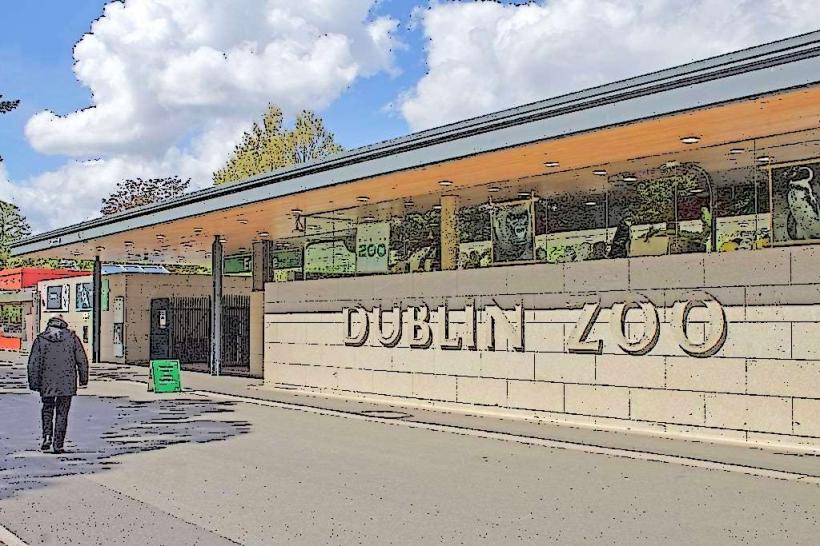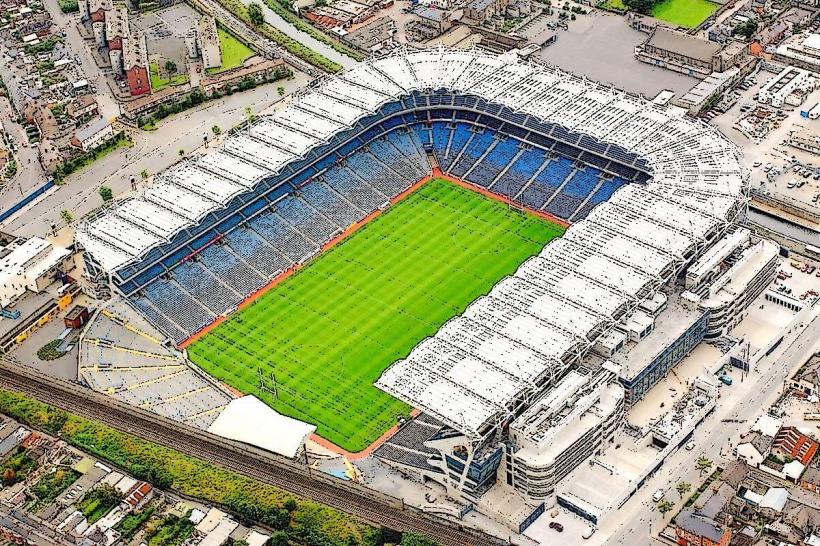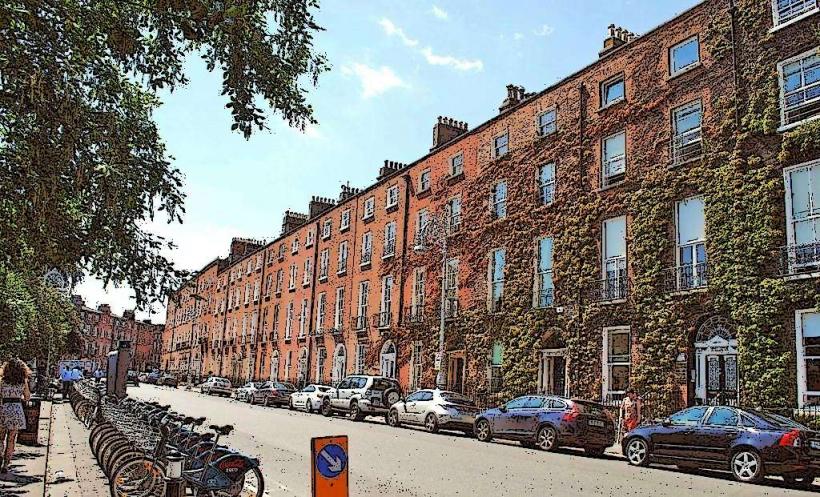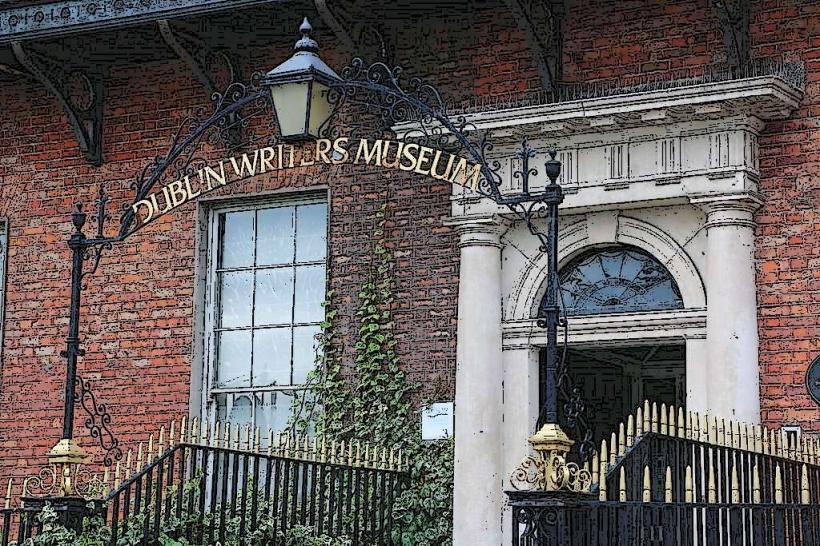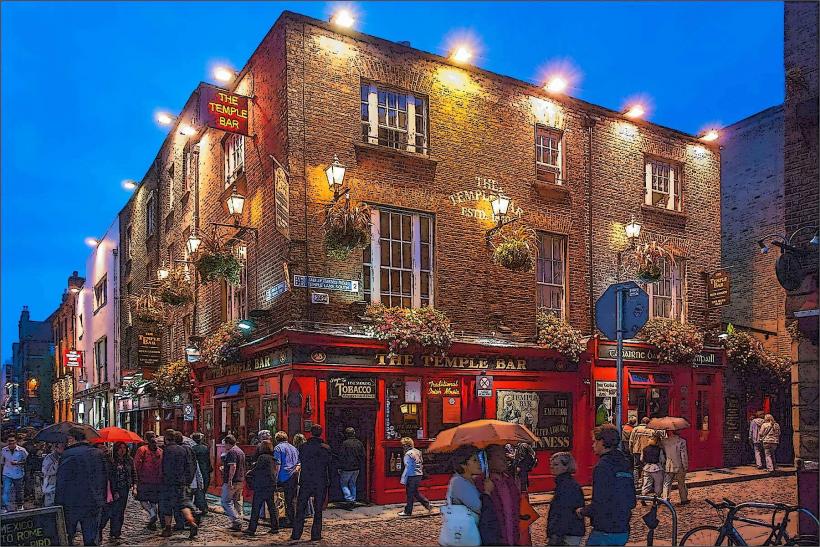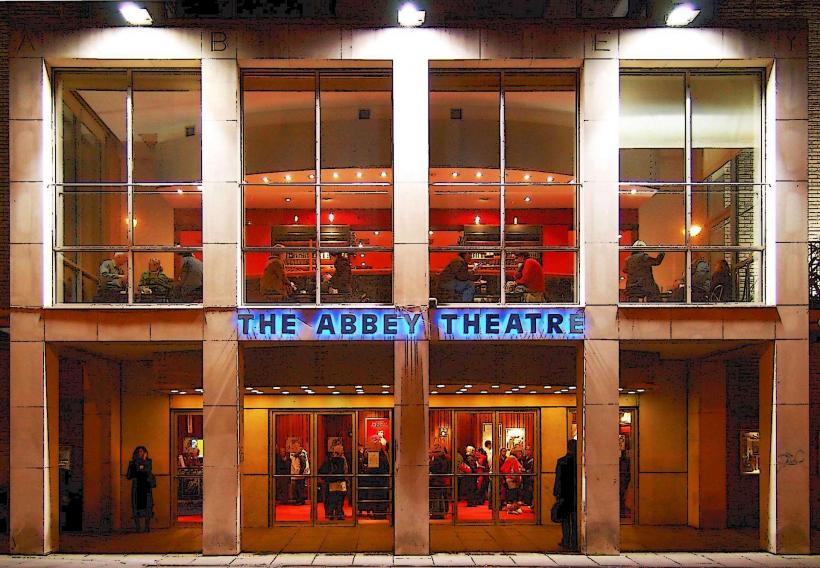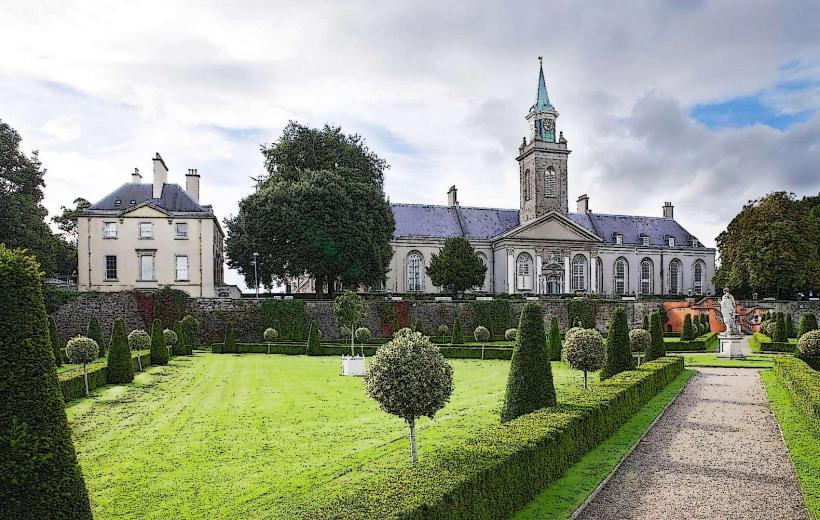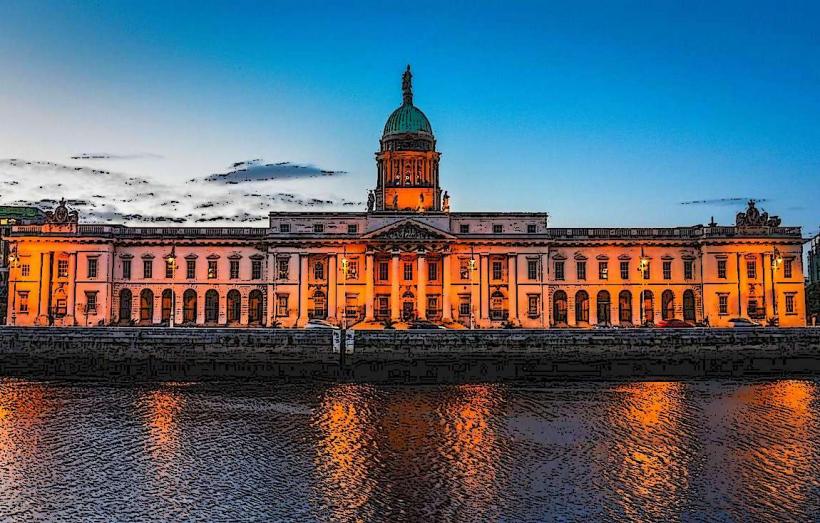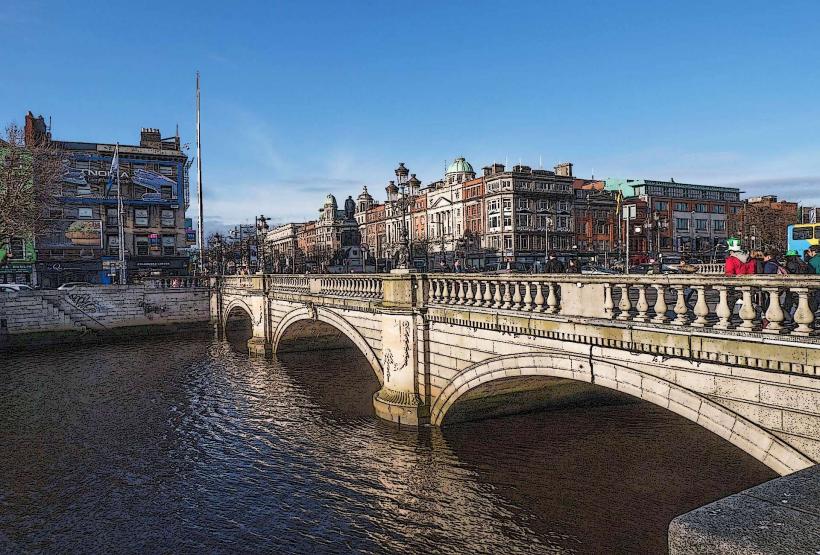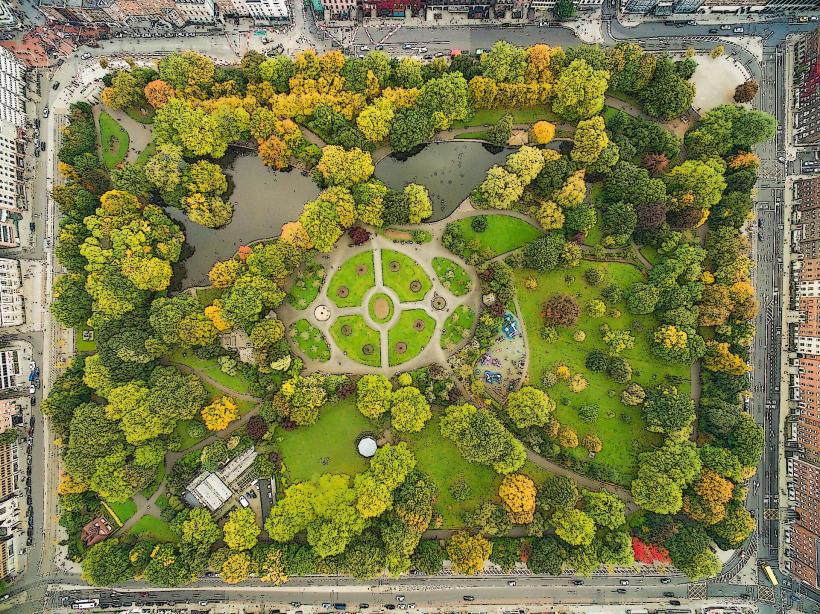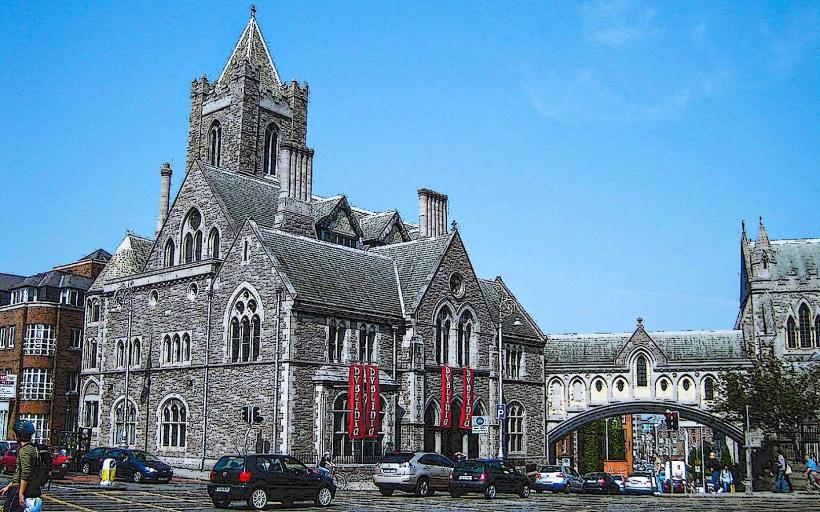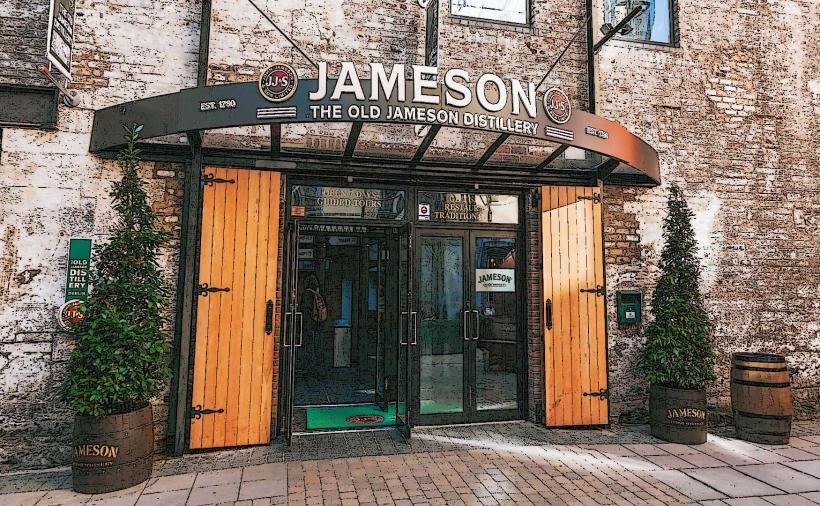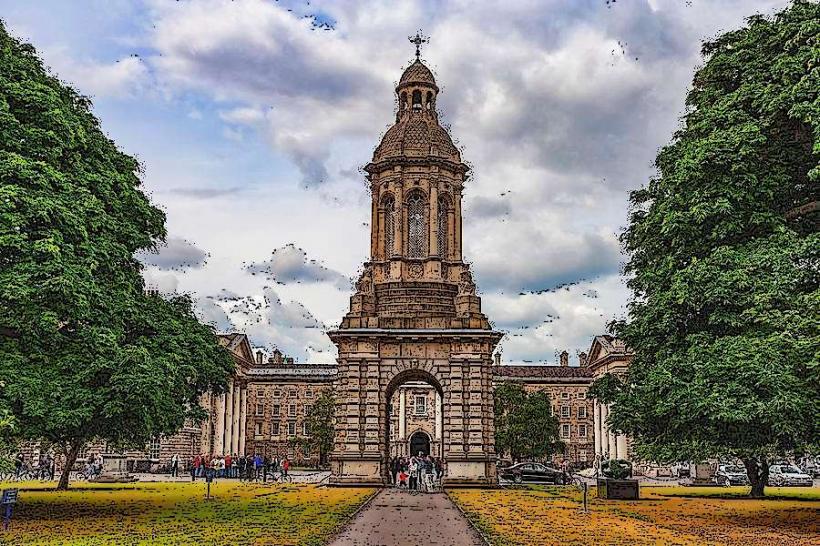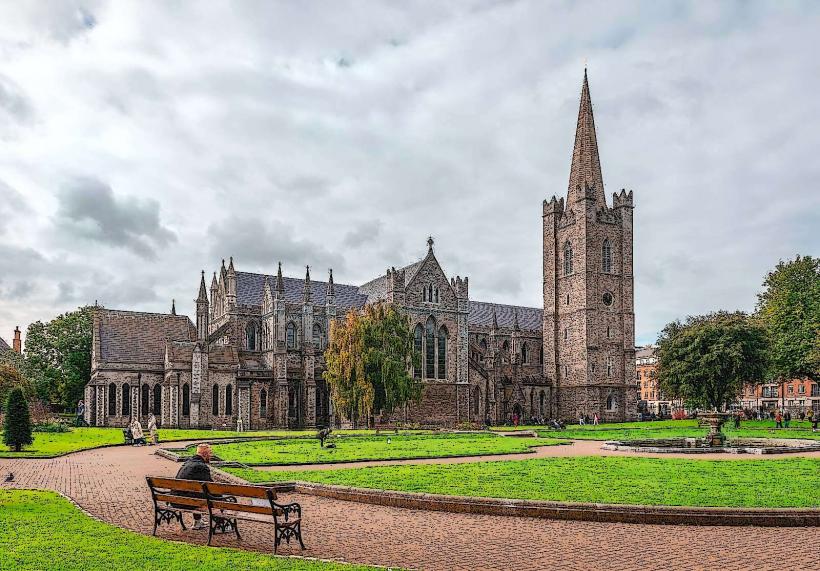Information
Landmark: National Museum of IrelandCity: Dublin
Country: Ireland
Continent: Europe
The National Museum of Ireland – Archaeology is one of Ireland’s most important cultural institutions, showcasing the country’s rich archaeological heritage. Located on Kildare Street in Dublin, the museum is part of the National Museum of Ireland and offers a deep dive into Ireland's past, from prehistoric times through to the early medieval period.
History and Background
- Established in 1890, the National Museum of Ireland – Archaeology was founded to preserve and display the country's vast collection of artifacts. It is one of four divisions of the National Museum of Ireland, with the other divisions focusing on natural history, decorative arts, and folk life.
- The museum's extensive collections span thousands of years of Irish history, with highlights from prehistoric, early Christian, and Viking periods. It is particularly renowned for its prehistoric gold, Celtic artifacts, and Viking treasures, and holds some of the finest examples of Irish craftsmanship and artistry.
The Building
- The museum is housed in a beautiful Victorian building that was designed by the architect Thomas Newenham Deane and opened to the public in 1890. The building itself is an architectural gem, with a grand entrance, high ceilings, and classical detailing, befitting its important role as a national cultural institution.
- The exhibition spaces inside the museum are arranged thematically and are divided across several galleries, which are designed to help visitors explore different periods of Irish history. The museum also features a temporary exhibitions space, where rotating exhibitions allow for additional exploration of various archaeological topics.
Collections
The National Museum of Ireland – Archaeology houses an extensive and diverse collection, with a particular focus on the following key areas:
Prehistoric Ireland
- One of the museum’s most famous collections is its prehistoric gold, which includes exquisite examples of gold jewelry and other artifacts that date back to the Bronze Age (circa 2000–500 BC). These items, such as the famous Tara Brooch, are considered some of the finest examples of Celtic craftsmanship and give a glimpse into the early cultural practices of Ireland.
- The prehistoric displays also include tools, weapons, and other objects from the Stone Age (Paleolithic, Mesolithic) and Bronze Age, offering insights into early human life on the island. Visitors can explore the ancient burial practices of early Irish peoples, with a number of well-preserved mummies and bog bodies found in Irish peat bogs.
Celtic Ireland
- The Celtic collection at the museum includes some of the finest examples of Celtic art, including ironwork, stone carvings, ceramics, and ornate weapons. This collection provides insight into the Celtic tribes that dominated Ireland from around 500 BC to 400 AD.
- Key highlights of the collection include intricate gold torcs (necklaces), early Celtic swords, and decorated bronze artifacts. There are also numerous examples of inscribed stones and crosses that reflect Ireland’s early Christian period.
Viking Ireland
- The museum’s Viking exhibit explores Ireland’s interaction with Viking invaders and settlers during the 9th and 10th centuries. The museum’s Viking collection includes weaponry, tools, coins, and artefacts from Viking settlements, particularly in Dublin, which was founded by the Vikings in the late 9th century.
- A major highlight is the Viking-era swords, Viking graves, and decorated metalwork. The museum's Viking section also focuses on Ireland’s integration into the broader Viking world, with objects from across Europe and even the Middle East, showcasing the Viking influence on Ireland's trade and culture.
Early Christian Ireland
- The Early Christian period (circa 400–1100 AD) is another key area of the museum’s collection, with objects related to Christianity’s arrival and spread across Ireland. The collection includes illuminated manuscripts, religious artifacts, and crosses that demonstrate the religious and cultural shifts occurring at this time.
- Notable highlights include Celtic crosses, the Clonmacnoise metalwork, and the famous Ardagh Chalice, an intricately designed silver and gold chalice believed to be from the 8th century.
Bog Bodies and Iron Age
- The museum is renowned for its bog bodies, which are remarkably well-preserved human remains found in Irish peat bogs. These bodies, such as the Cashel Man and the Clonycavan Man, provide invaluable insights into Iron Age society and burial customs.
- The bog bodies are displayed alongside tools, weapons, and other relics from the Iron Age, allowing visitors to understand the life and death practices of Ireland's ancient inhabitants.
Highlights and Special Collections
- The Ardagh Chalice: This is one of Ireland's most treasured pieces of Early Christian art, a stunning 8th-century golden chalice that was discovered in County Limerick in the 19th century. The chalice is a beautiful example of Irish craftsmanship, adorned with intricate designs and inscriptions.
- The Tara Brooch: One of the most famous artifacts in Irish archaeology, this ornate brooch dates back to the early medieval period and showcases the exceptional skill of Irish metalworkers.
- The Cross of Cong: A stunning medieval Christian relic, the Cross of Cong is a wooden cross encased in silver and gold. It is believed to have been created as a reliquary for a piece of the True Cross and is considered one of Ireland's most important religious artifacts.
Temporary Exhibitions and Events
- In addition to its permanent collection, the National Museum of Ireland – Archaeology regularly hosts temporary exhibitions on a variety of topics, such as prehistoric Ireland, ancient Rome, and Viking history. These exhibitions provide in-depth explorations of specific themes, often with interactive displays and multimedia elements.
- The museum also offers various public programs, such as lectures, workshops, and school tours, designed to deepen visitors' understanding of Ireland's archaeological past.
Conclusion
The National Museum of Ireland – Archaeology is an essential destination for anyone interested in Ireland’s rich archaeological heritage. Its diverse and extensive collection offers a fascinating journey through Ireland’s ancient past, from the Stone Age to the Viking and medieval periods. Whether you’re a history enthusiast, a casual visitor, or a student of archaeology, the museum’s immersive displays and expert-curated exhibitions provide a comprehensive overview of Ireland’s history and its people over millennia.

